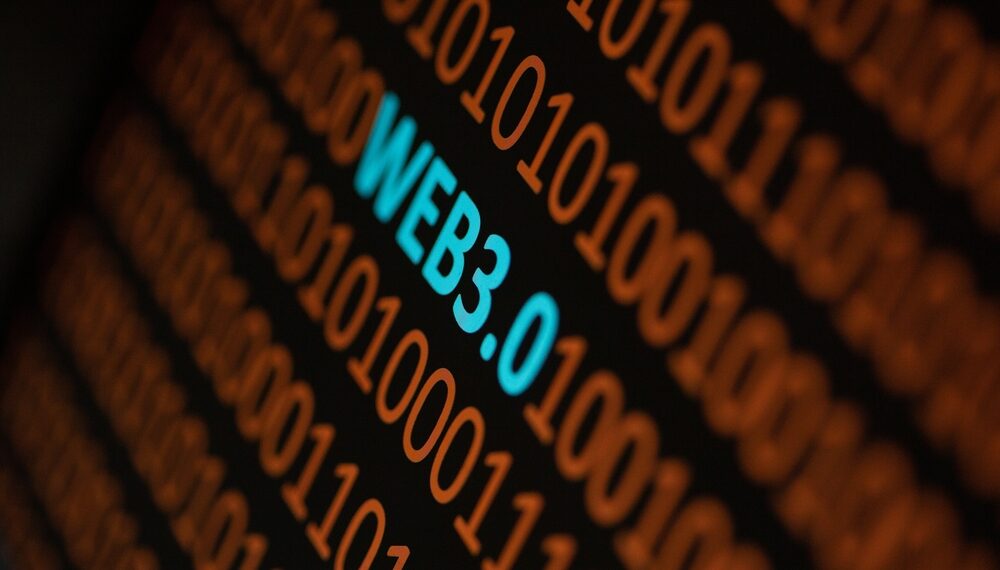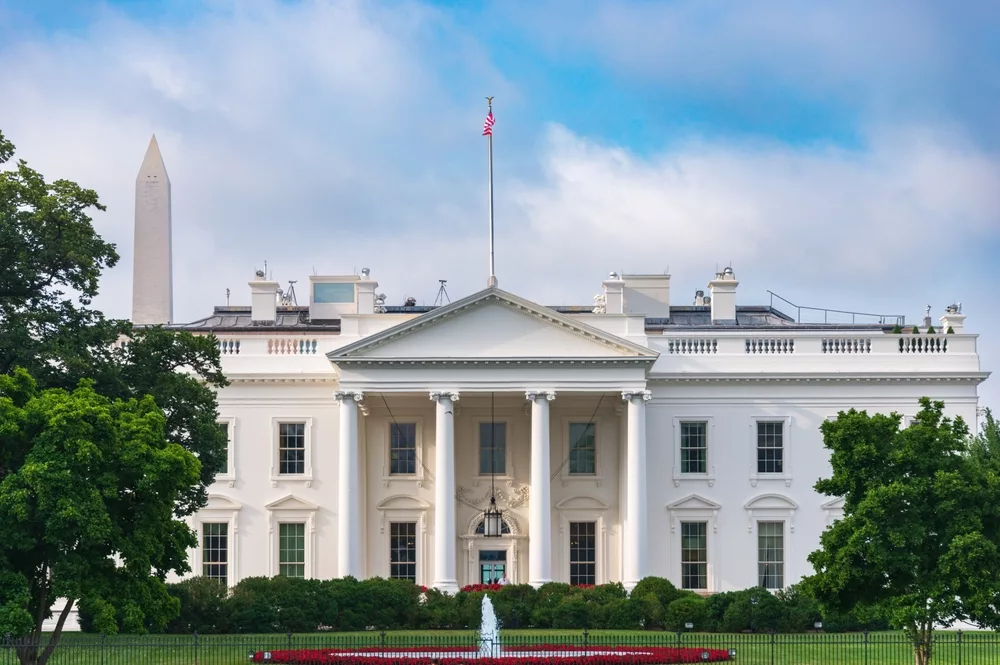Summary:
- Web1 was the “Read” era, Web2 was the “Write” era – and Web3 is the “Own” era.
- At its core, Web3 uses blockchains, cryptocurrencies, and NFTs to give power back to the users by moving ownership of data, assets, and curation from the hands of corporations and intermediaries to individuals themselves.
- Web3 is the ultimate vision and ethos, but crypto is what enables that vision in the form of tokens that, for example, grant users the right to help govern the services they use.

Read, Write, and, now, Own
Crypto is rife with industry terms. Between the acronyms and new technical elements, it can be a lot to navigate. The Crypto Council even has an Explainer section of its website dedicated to helping break down key issues. The hottest of these: Web3. Over the past two years, whether in mainstream media or social media, there has been a lot of confusion around the connection between Web3 and crypto. While there is no single definitive answer here, allow us to offer our perspective on the Web3 / crypto strife.
As it’s often described, Web1 was the “Read” era, Web2 was the “Write” era – and Web3 is the “Own” era. But what does that mean?
Simply put, Web3 represents a vision for the next generation of the digital economy. It is one that is focused on improving the challenges that have arisen with the centralized economy – whether privacy or data protection, or anything in between.
Web3: Rethinking our Relationship to Technology and with Platforms
Fast forward to today: As much as crypto is a technological innovation, it’s also a rethink of the way we approach our relationship to technology and platforms. The two terms are confusing because they are used interchangeably to refer to both the ideals and applications of this burgeoning industry.
In the words of industry builders, Web3 has become a catch-all term for the vision of a new and better internet for all internet users. At its core, it uses blockchains, cryptocurrencies, and NFTs to give power back to the users. It does so by moving ownership – of data, of assets, of curation – from the hands of corporations and intermediaries to individuals themselves.
A more concrete example: “Where a third party like Facebook owns your identity and data in Web2, your identity in Web3 can move fluidly between platforms without your data being captured and monetized by service providers.”
In other words, Web3 is the ultimate vision and ethos, but crypto is what enables that vision in the form of tokens that, for example, grant users the right to help govern the services they use.
Another more concrete example borrowed from this blog post:
On social platforms, content is endlessly commoditized—one video is more or less the same as the next video, one song is the same as the next song,
and content can be easily duplicated across the internet. Scarcity is sometimes approximated by creators via memberships or digital purchases (e.g. selling e-
books, albums, or content subscriptions), but the underlying content can be endlessly reproduced and replicated.
One reason NFTs (non-fungible tokens) are exciting as a technology is that they give creators the ability to regain control over their own content and re-
introduce scarcity dynamics that contribute to monetization. In tokenizing their work as an NFT, creators create a verifiable on-chain record of a piece of
media’s ownership and provenance.
The end result is a unique digital asset that traces back to the artist. Fans who are passionate about the creator’s work are willing to pay more for this
canonical piece of media, enabling creators to better capture fans’ full willingness to pay. The end impact cannot be understated: content creators no longer
need millions of fans to make a living, but can survive on the contributions of a passionate few.
Crypto is the Execution of the vision
In a way, Web3 re-examins the relationship between the individual and the platform-centric and advertising-powered economy that won the Web2 era. As such, whatever the form the Web3 instrument takes: whether it’s digital assets, cryptocurrencies, non-fungible tokens, etc– are all to further and change our status quo.
Ultimately, what’s in a name – and why does the Web3 / crypto distinction matter? Short answer is that it doesn’t. One is the vision, and the other is the instrument in which the implementation and execution towards that vision gets carried out, meaning that it all continues to the end goal of a fairer and more equitable internet and economy.

























